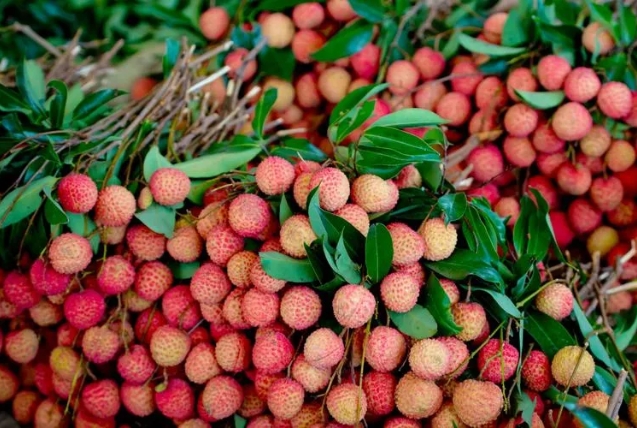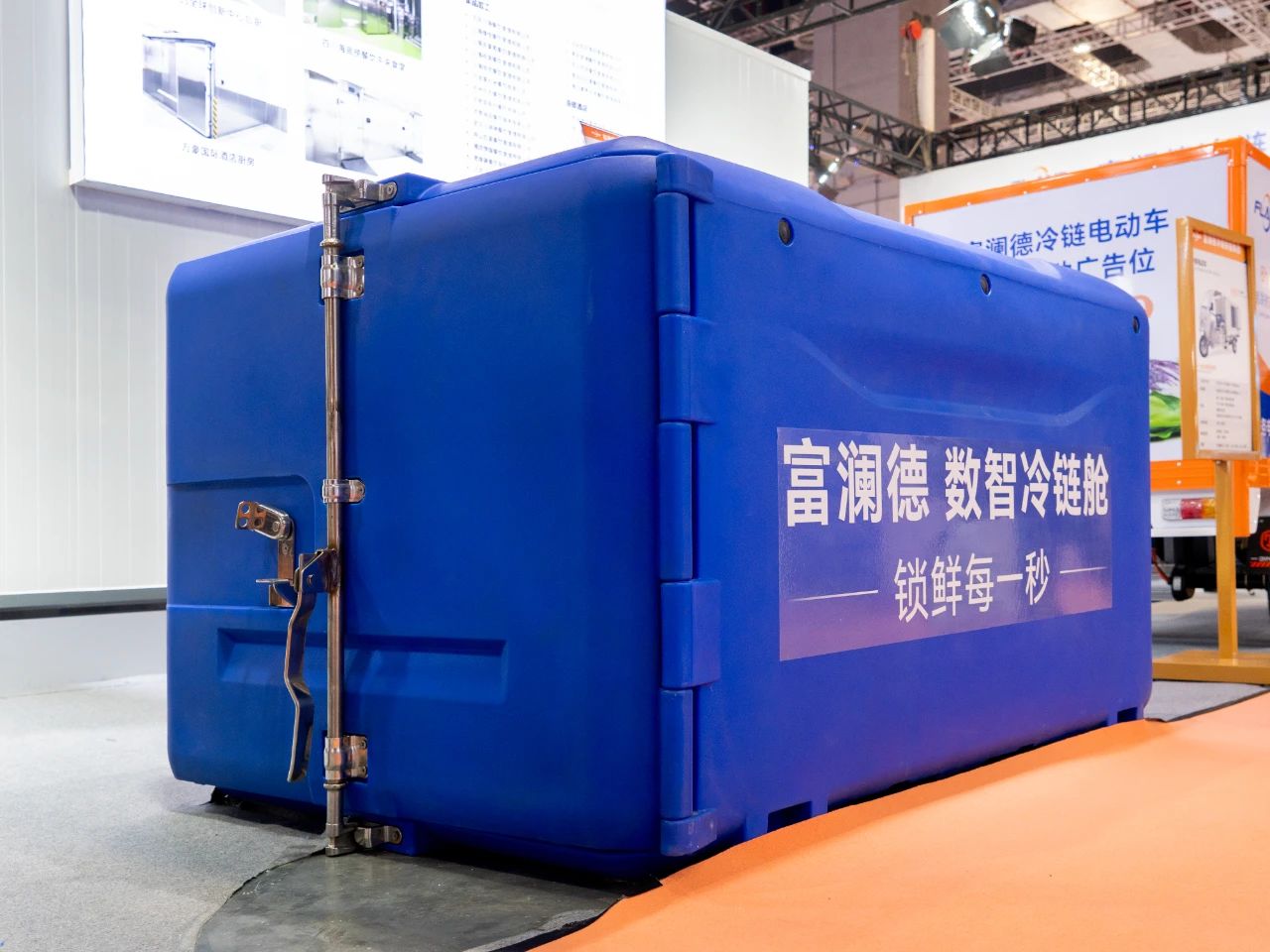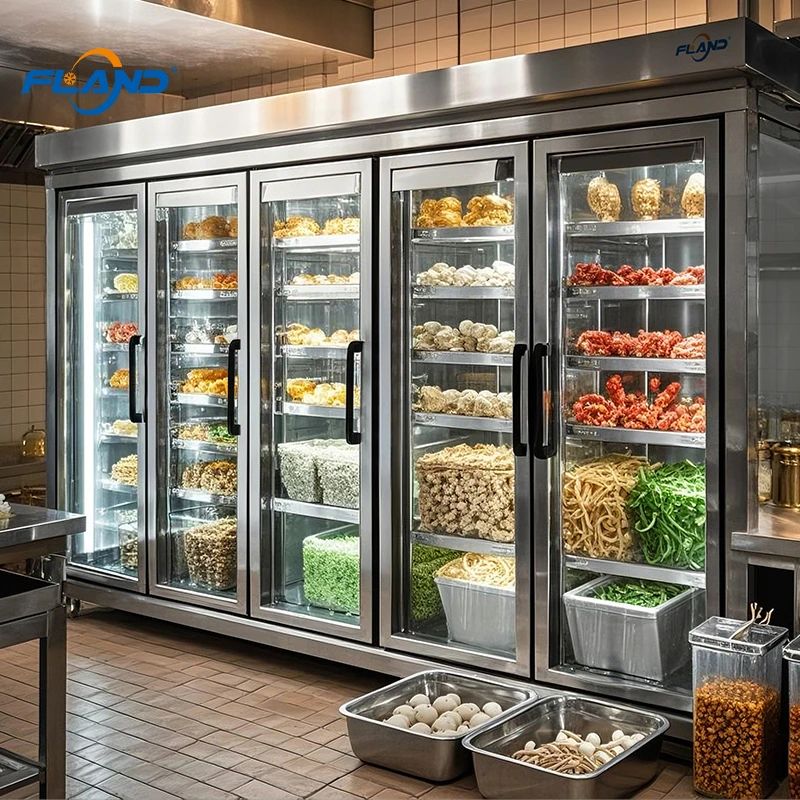Seven development models of agricultural product cold chain logistics
With the adjustment of agricultural structure and the continuous improvement of residents' consumption levels, the production and circulation volume of agricultural products in our country have shown an annual growth trend. While driving the rapid development of cold chain logistics, society as a whole has also put forward higher requirements for the safety and quality of agricultural product cold chain logistics. Due to the emergence of models such as direct supply from production areas and between farmers' markets and supermarkets, the fresh e-commerce market has experienced explosive growth, and the development momentum of agricultural product cold chain logistics is fierce.

The development model of agricultural product cold chain logistics
The cold chain logistics for agricultural products is no longer limited to the traditional development model centered around agricultural product wholesale markets. New models such as third-party logistics, platforms, leasing, and central kitchens are gradually emerging, showcasing diverse and specialized characteristics. Currently, the development models of cold chain logistics for agricultural products in China can generally be categorized into the following seven types:
MARKET-DRIVEN
Agricultural product wholesale markets are the main channels for the circulation of agricultural products in China. The cold chain logistics model, centered around large wholesale markets, which integrates the acquisition, storage, distribution, and bulk sales of agricultural products, is currently the primary development model for agricultural product cold chain logistics.

The wholesale market closely connects the upstream and downstream links of agricultural product cold chain logistics. On one hand, the market demand exhibited by consumers in the wholesale market is directly fed back to the upstream agricultural product suppliers and related processing enterprises, allowing the products in the wholesale market to more accurately meet the needs of end consumers, thereby reducing inventory and lowering sales risks. On the other hand, the wholesale market can command and coordinate each of the agricultural product cold chain logistics, ensuring that products are sold to buyers in better quality, enhancing customer satisfaction, and capturing market share.
AGRICULTURAL PRODUCT PROCESSING ENTERPRISES-LED MODEL

An agricultural product cold chain logistics model centered on agricultural product processing enterprises generally relies on agricultural product production bases. By bulk processing and handling of raw agricultural products, the finished products are transported across the country through cold chain logistics channels.
Small and medium-sized agricultural product processing enterprises often rely on existing wholesalers or chain retailers' networks to complete semi-finished processing and sales of agricultural products. In contrast, large-scale agricultural product processing enterprises have their own cold chain logistics distribution facilities, covering the entire agricultural product supply chain from raw material supply and collection to finished product processing and sales, forming an integrated self-operated cold chain logistics network for procurement and sales.
RETAIL ENTERPRISE-LED
The cold chain logistics model for agricultural products led by chain retail enterprises refers to chain retail enterprises building their own agricultural product production bases and processing factories, or choosing to cooperate with third-party cold chain logistics companies. After collecting and processing the agricultural products, they directly transport them to their self-operated chain stores.

This model bypasses intermediary dealers in the agricultural product supply chain, enabling direct connections between producers and consumers. It ensures product quality and safety while reducing circulation costs, thus creating a competitive advantage. The characteristics of urban fresh agricultural product delivery, such as small batch sizes, multiple deliveries, and diverse types, make the retail enterprise-led agricultural product cold chain logistics model superior to the wholesale market-led model. This allows for more efficient utilization of fragmented domestic product resources. Currently, an increasing number of cold chain logistics companies have established large-scale transfer and distribution centers for the sale of agricultural products by chain supermarkets.
THIRD-PARTY LOGISTICS
Third-party cold chain logistics service companies (3PL) operate under contractual agreements and alliances, offering specialized, personalized, and digitized cold chain logistics agency services. Entrusted enterprises can oversee the entire service process of cold chain logistics companies through an information system.

Third-party cold chain logistics companies generally offer two types of services: professional cold chain logistics agency and information consulting. The former can rely on the distribution centers, refrigerated vehicles, and other cold chain logistics facilities and equipment owned by logistics enterprises, coordinating and connecting with each link in agricultural product cold chain logistics. The latter provides diagnostic and information consulting services for issues related to agricultural product cold chain logistics, formulating comprehensive and professional operational solutions for agricultural product cold chain logistics.

Fland cold chain electric vehicle, specially designed for last-mile cold chain delivery, has a range of 60 km, an 8-hour refrigeration duration, a temperature control range from -18°C to 5°C, adjustable temperature, customizable dimensions, can be registered for a license plate, and has road rights. The refrigerated box can also be directly placed on vans, trucks, containers, or three-wheeled vehicles, making transportation more flexible and convenient.
PLATFORM-TYPE
In recent years, numerous cold chain logistics information service platforms have emerged domestically, relying on e-commerce and public hybrid clouds to integrate resources from the cold chain logistics industry. These platforms promote the development of a platform-based model for agricultural product cold chain logistics. The service scope of agricultural product cold chain logistics information service platforms typically covers the entire country, offering services such as matching supply and demand for agricultural products, transaction facilitation, cold chain logistics vehicle, cargo, and warehouse services, supply chain finance, and the release of market index information.

From customer order placement to carrier scheduling, transfer, and delivery, the agricultural product cold chain logistics service platform can integrate resources at each node, optimize transaction methods, innovate business models, efficiently connect all links of the agricultural product supply chain, and achieve multi-party collaboration and full-process visualization. This model effectively addresses the two major bottlenecks of information asymmetry and lack of integrity in the agricultural product cold chain logistics process. By providing one-stop, personalized, and comprehensive logistics services, it leads the intelligent development of the agricultural product cold chain logistics industry.
LEASING-TYPE
Driven by market demand, there is an increasing need in our country for specialized logistics service software systems and cold storage hardware facilities. As a result, companies specializing in professional rental services for
agricultural product cold chain logistics have gradually emerged, leading to the development of the rental-based agricultural product cold chain logistics model. Agricultural product cold chain logistics hardware and software leasing service providers actively ally with third-party professional logistics enterprises to engage in business and cooperation in agricultural product cold chain logistics, integrating their own cold chain resources, social resources, and their own resources, and have gradually established a modern management and operation system for agricultural product cold chain logistics.
Agricultural product cold chain logistics hardware and software leasing service providers actively ally with third-party professional logistics enterprises to engage in business and cooperation in agricultural product cold chain logistics, integrating their own cold chain resources, social resources, and their own resources, and have gradually established a modern management and operation system for agricultural product cold chain logistics.
CENTRAL KITCHEN TYPE
A central kitchen refers to an integrated kitchen model that involves unified procurement, distribution, and standardized production of ingredients. Its functions cover centralized raw material procurement, specialized processing procedures, quality inspection, cold storage, supply chain information management, unified packaging, and unified distribution, aiming to reduce costs and improve efficiency through intensive, large-scale, and standardized methods.

In the backdrop of China's continuous improvement in industrial standards, the model of 'central kitchen + cold chain logistics transportation network' is gradually becoming a new trend in the modern catering industry. Large-scale central kitchens achieve industrial chain segmentation and agglomeration benefits through standardized procurement, production, and distribution, and collaborate with high-quality suppliers, distributors, and cold chain logistics companies upstream and downstream of agricultural products to create a lean agricultural product supply chain management system centered on central kitchens. This ensures product quality and safety while also reducing costs.
In summary, the seven existing categories of agricultural product cold chain logistics development models within the country each have their own characteristics. Fland Cold Chain Equipment Group can meet the needs of various types of cold chain development models, ensuring freshness from the source to the dining table.

- FLAND COLD STORAGE HEART EVERY TIME
- get ready for the futuresign up for our newsletter to get updates straight to your inbox
- Navigation
- OUR PRODUCTS
- OUR PRODUCTS
- CONTACT USLandline: +86-516-8356-8099
Phone: +86-198-4431-0391
E-mail: info@flandcold.comAdd: Building 15/16/18, Standardization Phase Iii,Economic Development Zone, Baitu Town, Xiao County,Suzhou, Anhui, China - SOCIAL NETWORKS








